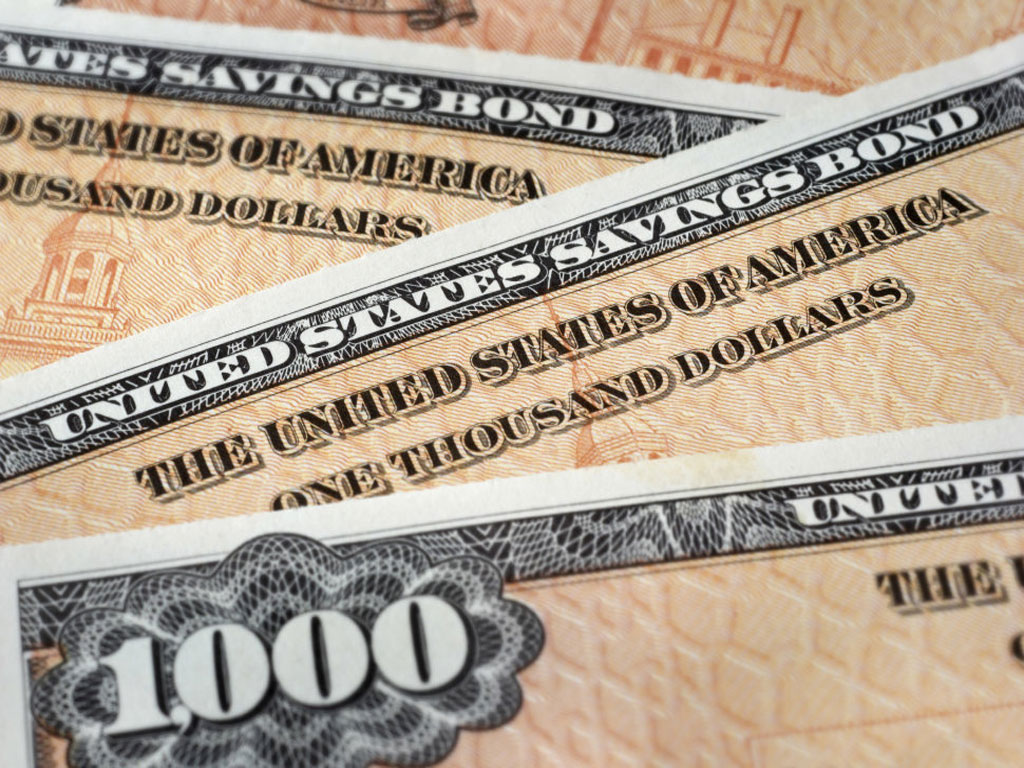 U.S. Treasury bonds extended their rally on Monday as the trade war spilled over to other countries, with yields on two-year notes seeing their biggest two-day fall since the 2008 global financial crisis.
U.S. Treasury bonds extended their rally on Monday as the trade war spilled over to other countries, with yields on two-year notes seeing their biggest two-day fall since the 2008 global financial crisis.
Ten-year Treasury yields slumped six basis points to 2.07%, the lowest since Sept 2017, while two-year yields slumped nine bps to 1.842% .
"The trade war is taking another leg higher which is negative in terms of global growth, demand, confidence and inflation and is also injecting a healthy dose of risk-off, which is all conspiring to push U.S. yields lower," Richard McGuire, head of rates strategy at Rabobank, said.
The 2-year yield is down 23 bps in the past two sessions, reflecting a growing conviction that the U.S. Federal Reserve will start cutting interest rates to stave off recession as the trade war shows signs of escalating further and enveloping more countries.
In what is widely accepted as a recession signal, 10-year yields have been firmly below three-month note yields . The inversion in the yield curve has become more pronounced and is now around 27 bps, the deepest since 2007.
"U.S. front-end curve inversion continues unabated; further gains are likely to be led by (rate)cut pricing moving further in," Goldman Sachs told clients. At the weekend, the U.S. bank lowered its second-quarter growth forecast for the United States.
Interest rate futures traders are now pricing in a 40pc chance of a rate cut at the Fed's July meeting, up from 18% a week ago, according to the CME Group's FedWatch Tool. A cut by December is seen as 90% likely.
Many big banks are changing their view on the Fed rate outlook -- JPMorgan which previously saw an even chance of rate cuts this year, predicted on Friday there would be two cuts by end-2019.
If the White House carries out its threats to up tariffs to 25pc against Mexico by October, JPMorgan said "much more" than a 0.50pc reduction in the Fed's target rate may be required.



























Comments
Comments are closed.